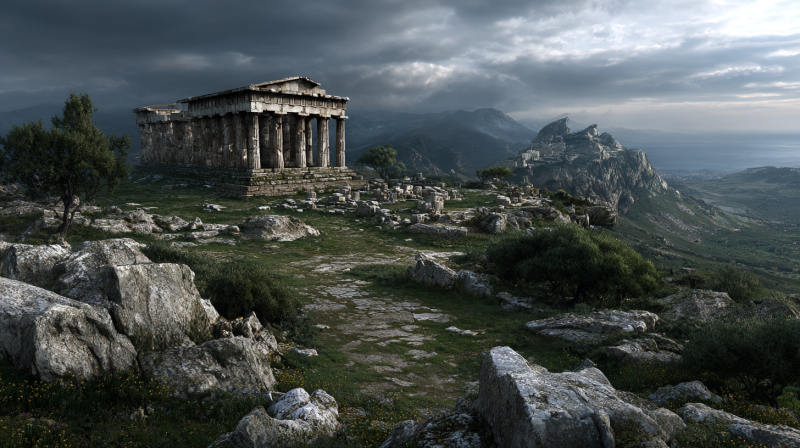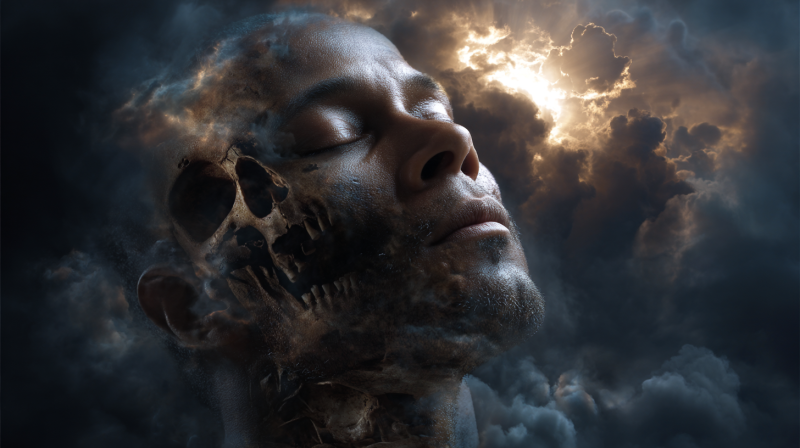The ancient Mayan civilization, nestled in the heart of Mesoamerica, holds a treasure trove of myths and legends that continue to captivate scholars and enthusiasts alike. In this exploration, we embark on a journey through the enigmatic realm of Mayan mythology, shedding light on the stories of gods and heroes, unraveling the intricate tapestry of creation myths, and delving into the cosmological beliefs that shaped the worldview of this remarkable civilization.
Origins and Creation Myths
At the core of Mayan mythology lies the Popol Vuh, a sacred text that serves as both a creation myth and a historical record of the Mayan people. According to this ancient narrative, the world was born from primordial chaos through the deeds of the Hero Twins, Hunahpu and Xbalanque. These divine siblings ventured into the underworld, faced trials and tribulations, and ultimately emerged victorious, bringing light and order to the cosmos.
The Popol Vuh also introduces us to a pantheon of gods, including Itzamna, the creator deity and lord of the heavens, and Kukulkan, the feathered serpent associated with fertility and resurrection. Each deity plays a unique role in the cosmogony of the Mayan universe, shaping the destinies of mortals and immortals alike.
Pantheon of Mayan Gods and Goddesses
Beyond the prominent figures of Itzamna and Kukulkan, the Mayan pantheon boasts a diverse array of gods and goddesses, each presiding over different aspects of life and nature. Ixchel, the jaguar goddess of fertility and childbirth, is revered as the patroness of women and the moon. Chaac, the rain god depicted with a distinctive reptilian nose, wields the power to bring forth life-sustaining rains upon the earth.
Mythical Creatures and Heroes
In addition to its gods and goddesses, Mayan mythology is replete with a menagerie of mythical creatures and legendary heroes. The jaguar, revered for its strength and agility, is often depicted as a symbol of royalty and prowess. Quetzalcoatl, the feathered serpent, embodies the duality of creation and destruction, weaving through the fabric of existence with its serpentine grace.
Among the most celebrated heroes of Mayan legend are the aforementioned Hero Twins, whose exploits in the underworld and triumph over adversity serve as a testament to the resilience of the human spirit. Through their trials, the Hero Twins exemplify the virtues of bravery, cunning, and self-sacrifice, inspiring generations with their enduring legacy.
Cosmology and the Mayan Universe
Central to Mayan mythology is the concept of a cyclical universe, wherein time unfolds in a series of repeating cycles known as “world ages.” The Mayans meticulously charted these cycles through their intricate calendar systems, which served not only as tools for timekeeping but also as sacred instruments for divination and prophecy.
At the heart of Mayan cosmology is the belief in interconnectedness, wherein the actions of gods and humans alike reverberate across the fabric of existence. Rituals and ceremonies were conducted to appease the gods, ensure bountiful harvests, and maintain cosmic harmony, reflecting the deep spiritual bond between the Mayan people and their divine progenitors.
Cultural and Historical Context
To fully appreciate the richness of Mayan mythology, it is essential to consider its cultural and historical context within the broader tapestry of Mesoamerican civilization. The Mayans, renowned for their architectural prowess and mathematical acumen, constructed elaborate temple complexes and observatories aligned with celestial phenomena, attesting to their deep reverence for the cosmos.
The arrival of Spanish conquistadors in the 16th century marked a tumultuous chapter in Mayan history, as indigenous traditions were suppressed and syncretized with Catholicism. Despite centuries of colonial rule and cultural assimilation, echoes of Mayan mythology endure in the traditions, language, and art of modern-day descendants, serving as a testament to the resilience of an ancient heritage.
Legacy and Modern Interpretations
In the wake of the Mayan apocalypse hysteria of 2012, there has been a resurgence of interest in Mayan mythology and cosmology, prompting scholars and enthusiasts alike to reevaluate its significance in the modern world. From archaeological excavations uncovering lost temples and inscriptions to contemporary artists drawing inspiration from ancient motifs, the legacy of Mayan mythology continues to evolve and inspire new generations of storytellers and seekers.
In conclusion, the mythology of the ancient Maya offers a window into a world imbued with wonder, mystery, and profound spiritual insight. By delving into the depths of Mayan mythology, we not only gain a deeper understanding of a bygone civilization but also glimpse the timeless truths that transcend the boundaries of time and space, connecting us to the eternal rhythms of creation.





